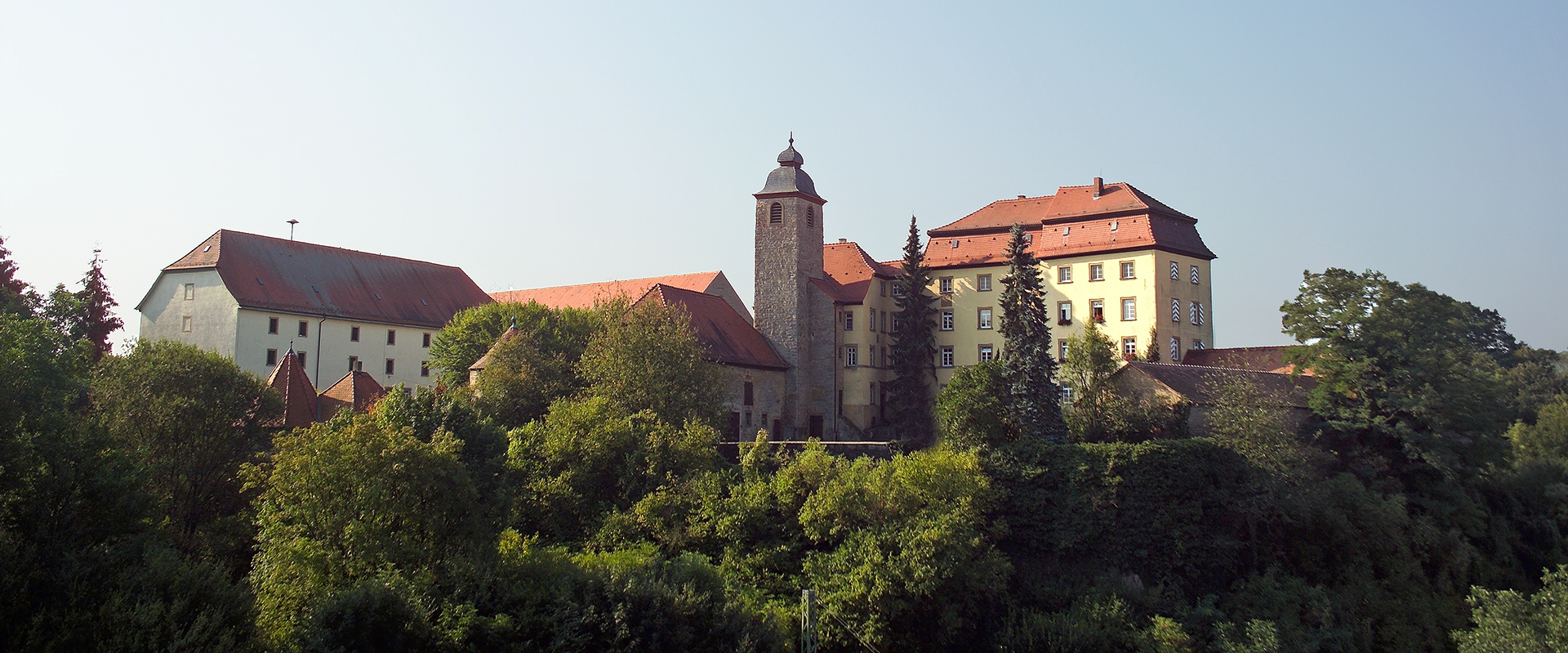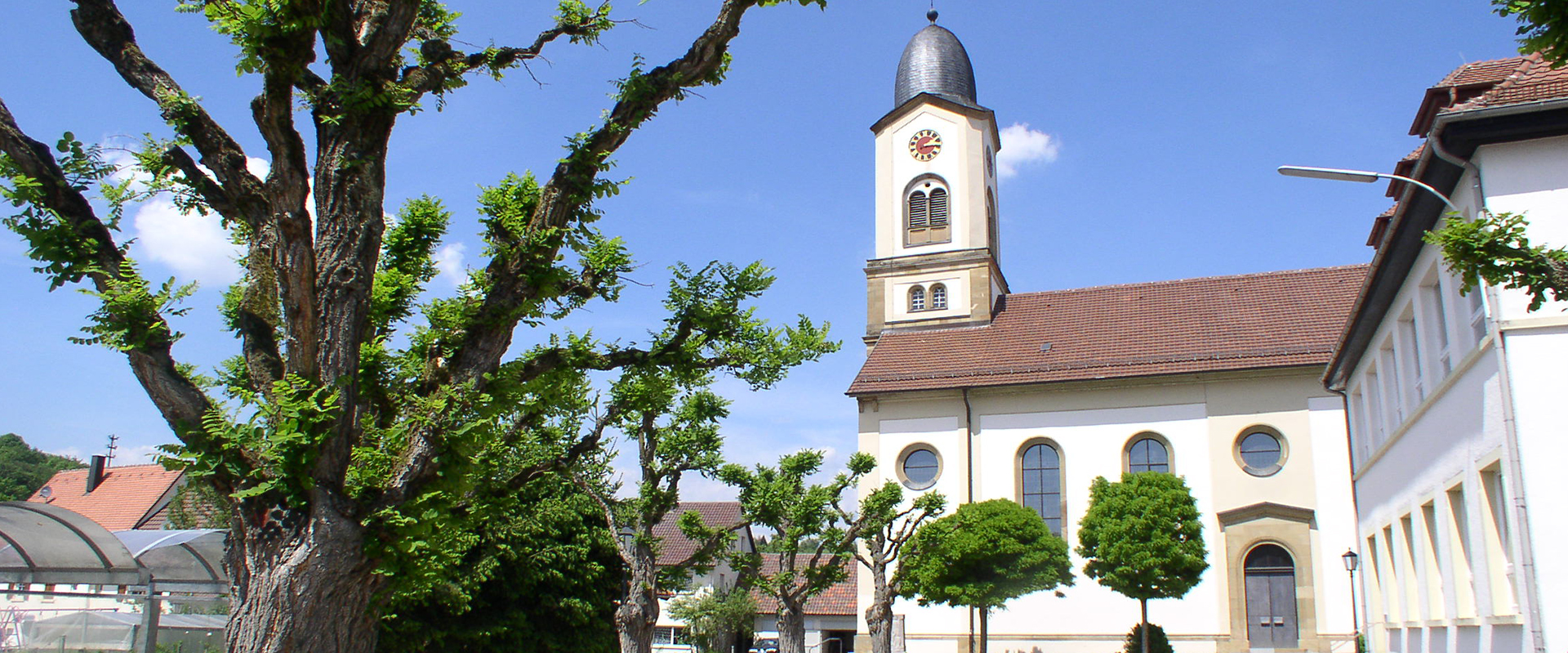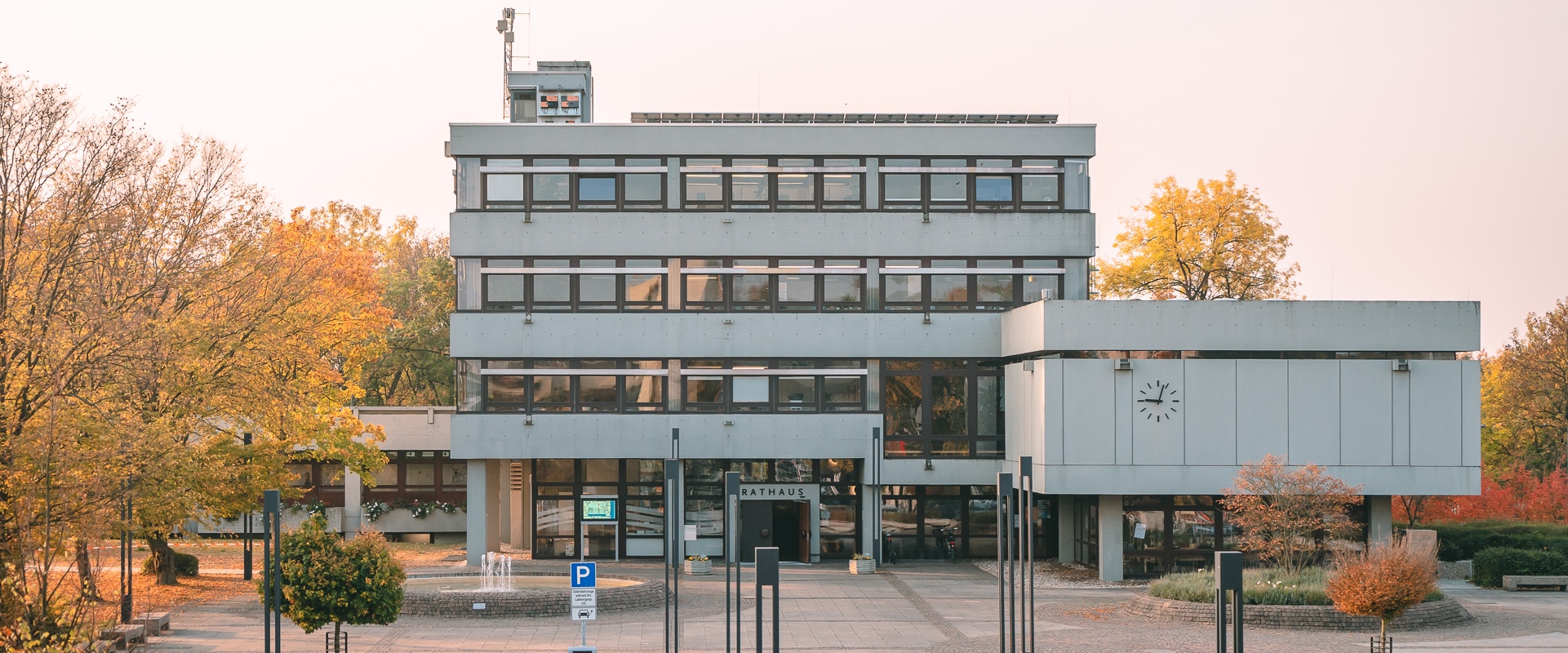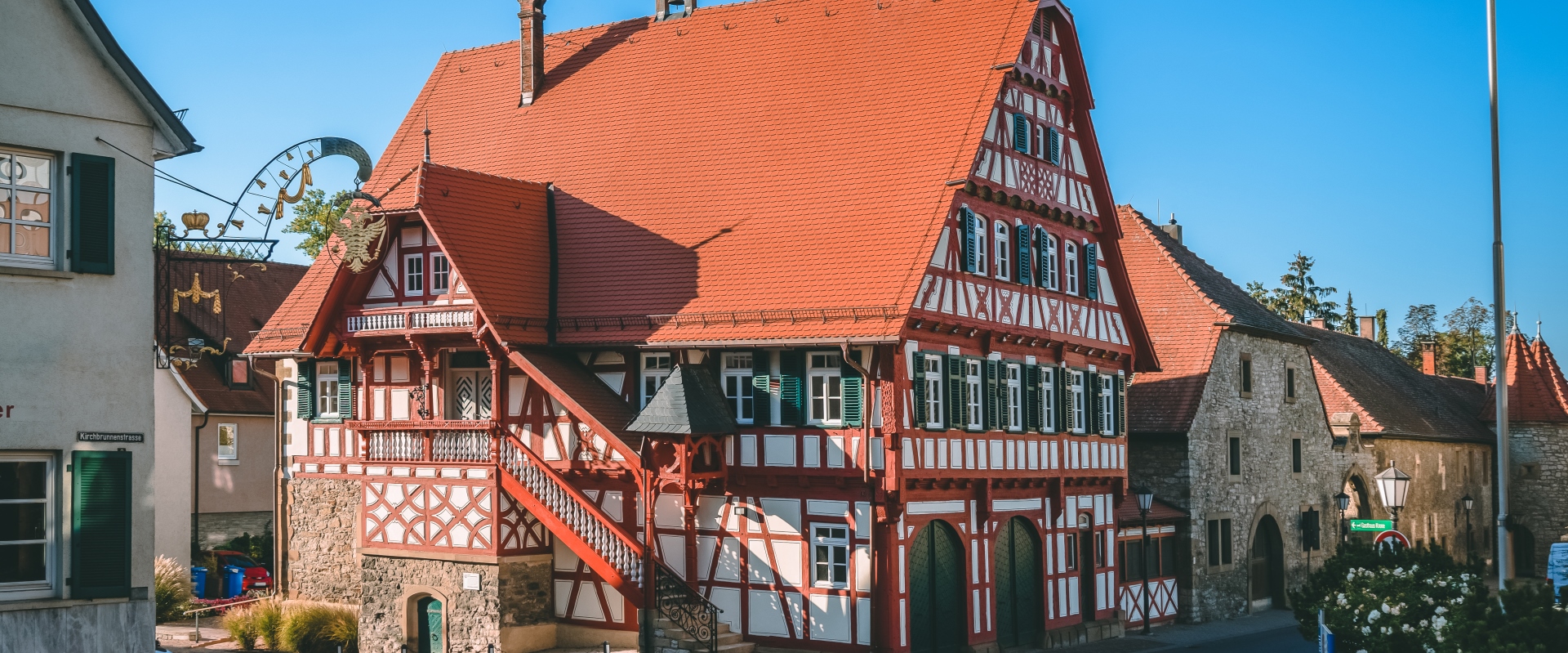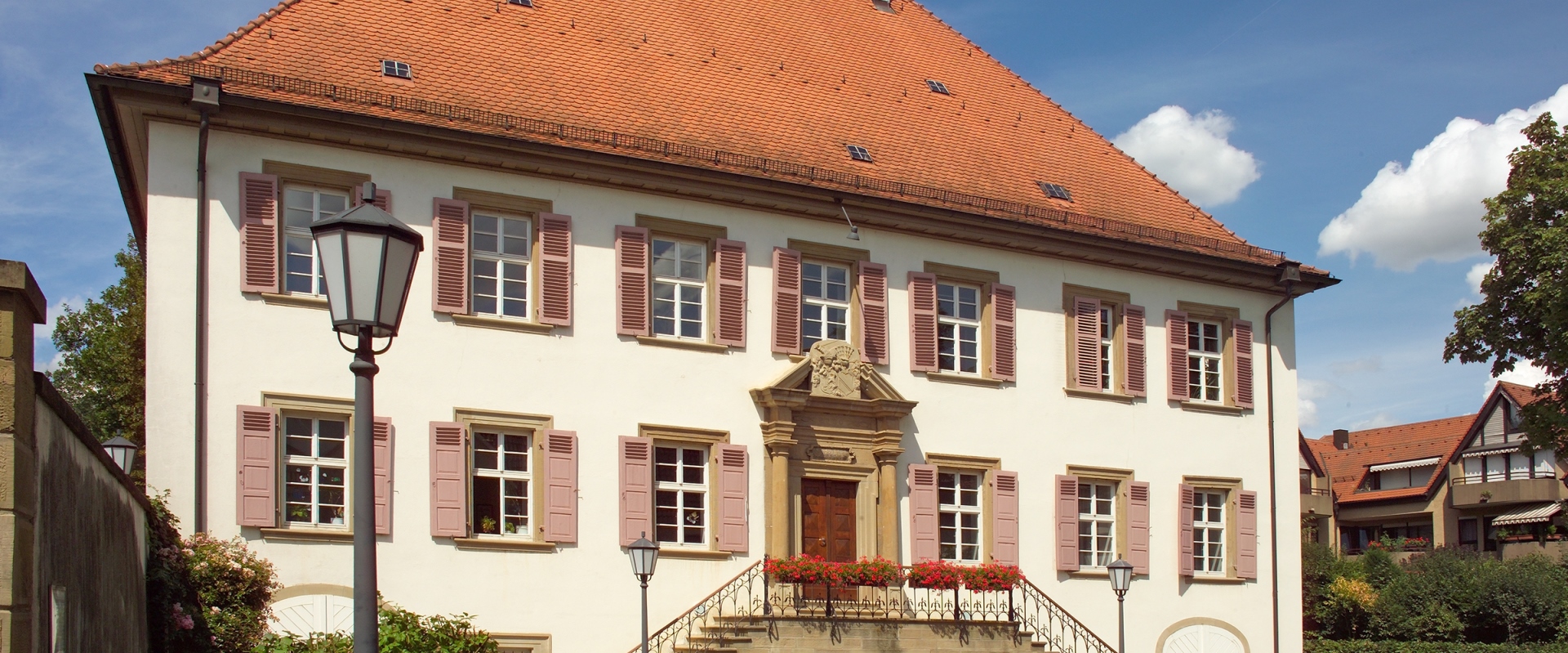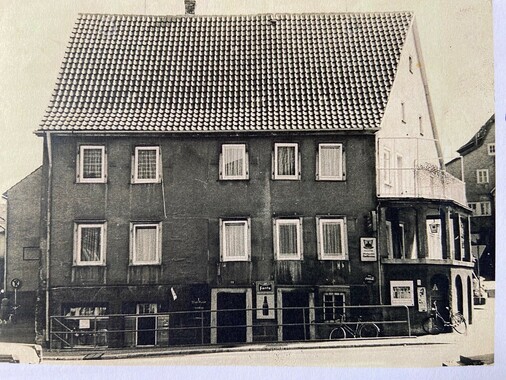The prisoners of the Kochendorf subcamp were forced to bake their own bread, working in the bakeries of Hoertling at Hauptstraße 17 and in the Schwanen Inn on Schlossstraße (the latter building has since been demolished). The SS organized two bakery commandos: one for the day shift and another for the night shift. Initially, each commando consisted of four prisoners, supervised by an SS soldier. Later, likely in October 1944, the commandos were expanded to five prisoners each.
The baking operation ran continuously, day and night. A 12-year-old boy from Kochendorf frequently observed the work in the bakeries and estimated that each shift lasted approximately ten hours. The *Kapo* - work overseer - for one of the commandos was Hermann Schmith, a professional baker from Karlsruhe who was imprisoned as a "career criminal." Schmith had been arrested by the Gestapo in January 1944 for criticizing the Nazi regime in a tavern and was subsequently sent to the Natzweiler concentration camp. From January 1945 onward, Heilbronn baker Otto Bolch was also forced to work in one of the bakeries. After the devastating bombing of Heilbronn on December 4, 1944, Bolch had sought refuge in Kochendorf and was compelled to join the bakery labor force.
The finished loaves were transported to the “Alte Kelter”, which served as a food depot for the Kochendorf subcamp.
Survival and Small Privileges
Local witnesses noted that the prisoners in the bakery commandos appeared less emaciated than those working on other projects around Kochendorf. Children observed that some prisoners were allowed to bake potatoes with fat in the ovens. At least one guard not only permitted this but also distributed bread himself, which he received from the *Kapo* for this purpose.
For the prisoners, working in the bakery was a coveted position. The job offered some advantages: shelter from the cold and rain, access to food, and slightly improved conditions. These small differences significantly increased their chances of survival compared to those laboring in the harsher conditions of construction sites or the salt mine.
The bakery commandos became a symbol of the desperation and resilience of the prisoners, who sought any means to endure the brutal conditions of the camp. Despite the relative privilege of this work, it remained part of the inhumane system of forced labor that defined life in the Kochendorf subcamp.


